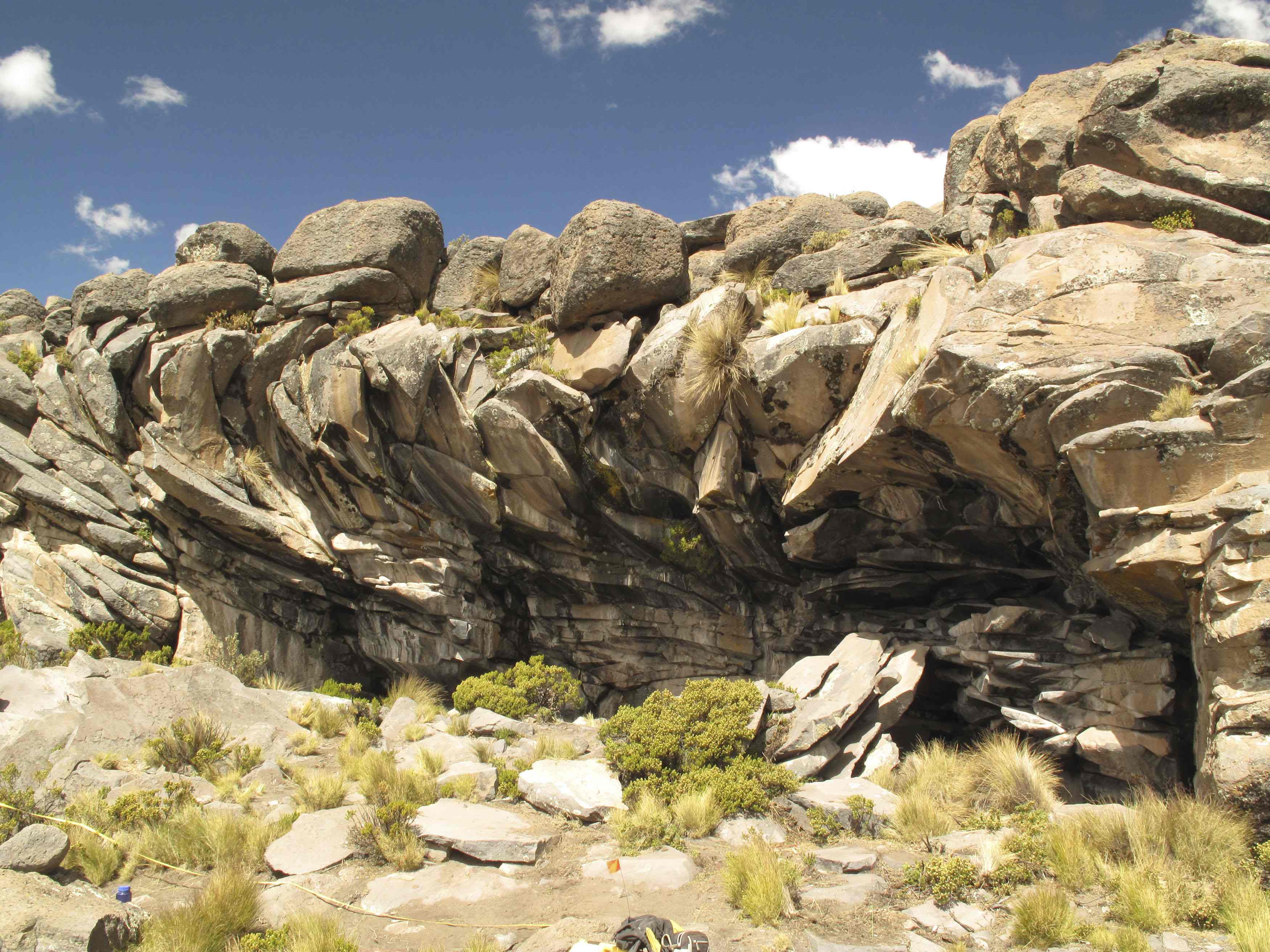In a bleak, treeless landscape high in the southern Peruvian Andes, bands of intrepid Ice Age people hunkered down in rudimentary dwellings and withstood frigid weather, thin air and other hardships.
Scientists on Thursday described the world's highest known Ice Age settlements, two archaeological sites about 2.8 miles (4.5 km) above sea level and about 12,000 years old packed with artifacts including a rock shelter, stone tools, animal bones, food remnants and primitive artwork.
"What this tells us is that hunter-gatherers were capable of colonizing a very extreme environment, the high Andes, despite the challenges at the end of the Ice Age," said archaeologist Kurt Rademaker of Germany's University of Tuebingen, who led the study published in the journal Science.



















With your current subscription plan you can comment on stories. However, before writing your first comment, please create a display name in the Profile section of your subscriber account page.